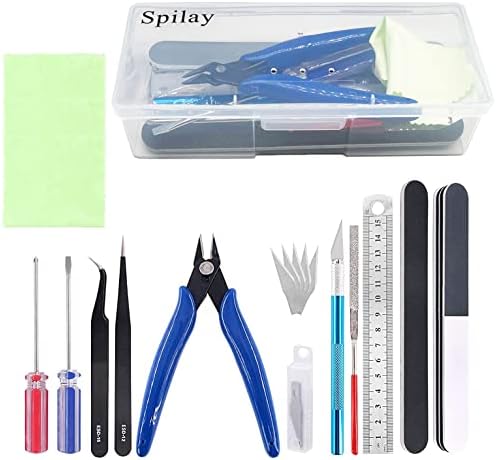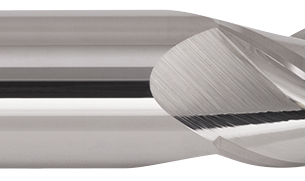Miniature art is a unique form of creative expression that requires precision, patience, and attention to detail. Whether you are a seasoned miniaturist or just starting in this innovative field, having the right tools can make all the difference in creating stunning works of art. In this article, we will discuss essential equipment for miniaturists to help you achieve your creative vision.
[h2]1. Precision Tools[/h2]
Precision tools are indispensable for any miniaturist. These tools allow you to work with tiny details and create intricate designs. Some essential precision tools include:
[h3]a) Tweezers[/h3]
Tweezers are an essential tool for picking up and placing small objects such as beads, sequins, and miniature decorations. They come in various shapes and sizes, including pointed, slanted, and flat-nosed tweezers.
[h3]b) Magnifying Glass[/h3]
A magnifying glass is a must-have tool for a miniaturist as it helps you magnify small details that may be difficult to see with the naked eye. It makes it easier to work on small objects such as miniature figurines and dollhouse furniture.
[h3]c) Craft Knife[/h3]
A craft knife is an essential tool for cutting precise shapes from paper, cardboard, and other materials used in miniature art. It allows you to make intricate cuts without damaging the material.
[h2]2. Paints and Brushes[/h2]
Paints and brushes are two essential items that every miniaturist needs. The quality of these items can determine the overall look of your miniature art. Here are some tips on choosing the right paints and brushes:
[h3]a) Acrylic Paints[/h3]
Acrylic paints are the most common type of paint used by miniaturists. They dry quickly and are water-resistant, making them ideal for miniature art. Choose paints that have a high pigment concentration as they provide better coverage.
[h3]b) Fine Brushes[/h3]
Fine brushes are essential for painting small details such as eyes, hair, and fine lines. Choose brushes with a good tip and high-quality bristles to achieve the best results.
[h2]3. Adhesives and Glues[/h2]
Adhesives and glues are essential items for miniaturists as they help to hold materials together. Here are some popular types of adhesives used in miniature art:
[h3]a) PVA Glue[/h3]
PVA glue is a versatile adhesive that can be used on various materials such as paper, cardboard, and wood. It dries clear and is perfect for attaching wallpaper or flooring to dollhouses.
[h3]b) Super Glue[/h3]
Super glue is ideal for bonding small objects such as beads, sequins, and other decorations. It dries quickly and forms a strong bond.
[h2]4. Cutting Tools[/h2]
Cutting tools are essential for any miniaturist who wants to create intricate designs. Some popular cutting tools include:
[h3]a) Scissors[/h3]
Scissors are an essential tool for every miniaturist as they allow you to cut out different shapes from paper, fabric, and other materials used in miniature art. Choose scissors with sharp blades and comfortable handles.
[h3]b) Guillotine Cutter[/h3]
A guillotine cutter is ideal for cutting straight edges on paper and cardstock. It allows you to make precise cuts without damaging the material.
[h2]5. Lighting Equipment[/h2]
Lighting equipment is crucial when working on miniature art as it helps to illuminate the work area and highlight intricate details. Here are some popular lighting equipment used by miniaturists:
[h3]a) LED Lamp[/h3]
LED lamps provide bright, clear light that is perfect for working on miniature art. They come in various sizes and shapes and are energy-efficient.
[h3]b) Lightbox[/h3]
A lightbox is ideal for tracing designs onto paper or cardstock. It provides a bright, even light that makes it easier to see the details of the design.
In conclusion, having the right tools is essential for any miniaturist who wants to create stunning works of art. By investing in precision tools, paints and brushes, adhesives and glues, cutting tools, and lighting equipment, you can take your miniature art to the next level.
References:
1. https://en.wikipedia.org/wiki/Miniature_art
2. https://www.miniatures.com/Tools-and-Supplies-C28.aspx
3. https://www.dollhouseminiaturesmagazine.com/blogs/news/essential-tools-for-miniaturists



